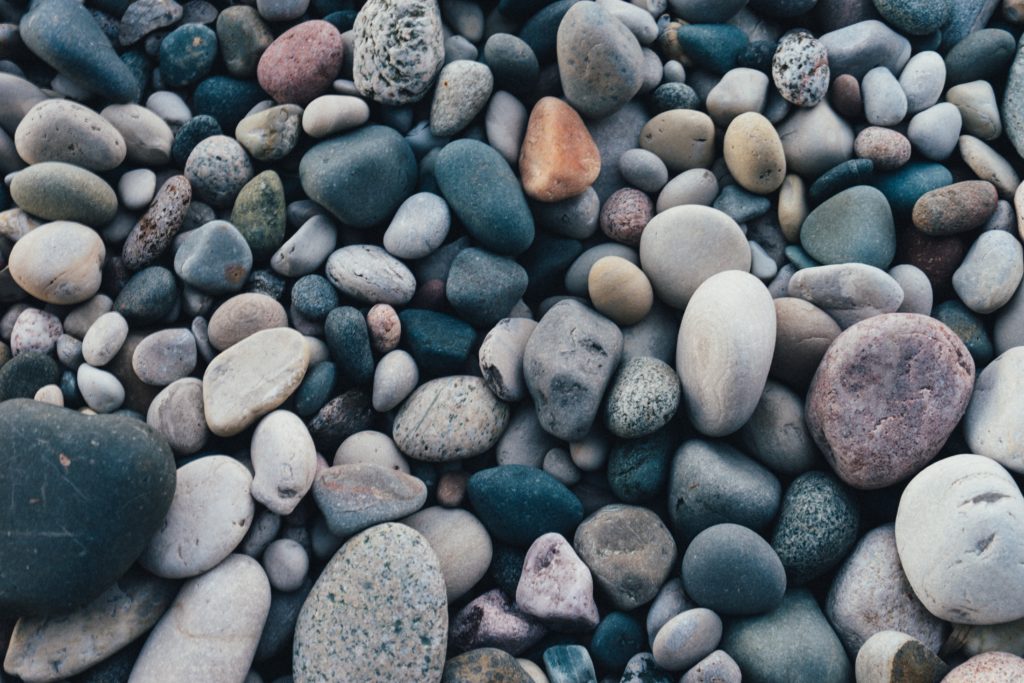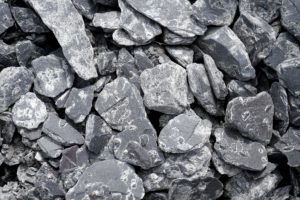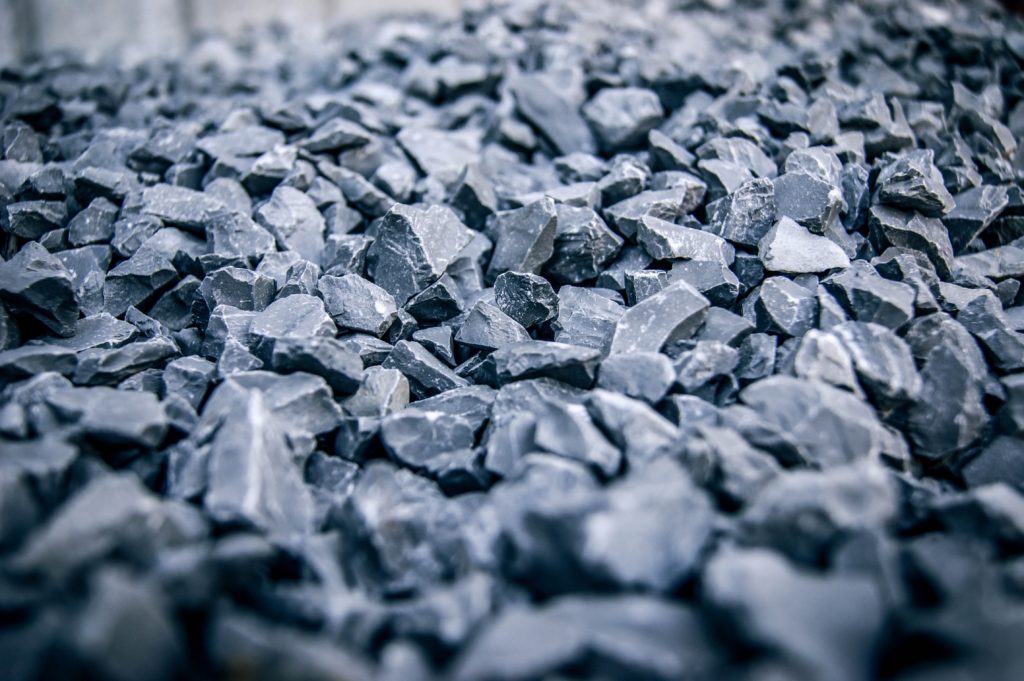The Gravel You Didn’t Know You Needed
Gravel is rock or stone of a size range more than one half inch but less than two and one half inches in diameter. Natural erosion of big stones leads to the formation of gravel as does the banging of bigger rocks rolling down hills and crashing into smaller rocks.
Gravel is a loose mixture of small rocks and pebbles. It is typically between 0.5 and 2.5 inches in diameter. Gravel is formed by the natural erosion of larger rocks. This can happen through weathering, which is the breaking down of rocks by wind, water, and ice. Gravel can also be formed by the action of glaciers, which grind rocks into smaller pieces as they move.
Gravel is a type of rock that is made up of small pieces of other rocks. The pieces of rock in gravel are typically between 0.5 and 2.5 inches in diameter. Gravel can be formed in a number of ways, including through the erosion of larger rocks, the action of glaciers, and the weathering of rocks by wind, water, and ice.
Gravel is a loose, unconsolidated material made up of small, rounded rock fragments. It is typically between 0.5 and 2.5 inches in diameter. Gravel is formed by the weathering and erosion of larger rocks. Weathering is the process by which rocks are broken down by physical and chemical processes. Erosion is the process by which rocks are moved from one place to another by wind, water, ice, or gravity.
But for masonry, construction and road-building crushed stone and gravel are formed by mechanical crushers. Gravel is also used aesthetically as well as natural stone, pebbles and river pebbles are used in paths and gardens. Pea gravel is found in nature buy can be manufactured as well but requires an extensive tumbling process.
Gravel and crushed stone are typically formed by mechanical crushers for masonry, construction, and road-building. Gravel is also used aesthetically, such as natural stone, pebbles, and river pebbles in paths and gardens. Pea gravel is found in nature but can also be manufactured through an extensive tumbling process.
Gravel and crushed stone are natural materials that are often used for a variety of purposes. In masonry, construction, and road-building, they are used as aggregate, which is a material that is mixed with cement to create concrete. Gravel is also used aesthetically, such as in paths and gardens. Pea gravel is a type of gravel that is typically smaller than other types of gravel. It is found in nature but can also be manufactured through an extensive tumbling process.
If you ever tumbled rocks as a scout, you probably recall that the tumbling and polishing process requires many many hours and days of mechanical stone tumbling. The first step is to collect the rocks. You can find rocks in many places, such as beaches, rivers, and even your own backyard. Once you have collected your rocks, you need to clean them. You can do this by washing them with soap and water or by using a rock tumbler.
A rock tumbler is a machine that uses abrasives to polish rocks. The abrasives are typically made of silicon carbide or aluminum oxide. The rocks are placed in the rock tumbler with the abrasives and water. The rock tumbler then rotates the rocks for a period of time, typically 6-10 days. The longer the rocks tumble, the smoother and more polished they will become.
Once the rocks have finished tumbling, you can use them in a variety of ways. You can display them on a shelf, use them in jewelry, or even make a rock garden. Tumbling rocks is a fun and rewarding hobby that can be enjoyed by people of all ages.
Here are some additional information on collecting the rocks and different ways of using and displaying tumbled rocks:
- When collecting rocks, it is important to choose rocks that are the same size and shape. This will help to ensure that the rocks tumble evenly.
- It is also important to choose rocks that are clean and free of dirt and debris. This will help to prevent the rocks from becoming scratched or damaged during the tumbling process.
- There are many different ways to use and display tumbled rocks. Some popular options include:
- Displaying them on a shelf or mantel
- Using them in jewelry, such as necklaces, earrings, and bracelets
- Making a rock garden
- Using them as paperweights or doorstops
- Giving them as gifts
Tumbling rocks is a fun and rewarding hobby that can be enjoyed by people of all ages. It is a great way to get outdoors and explore your surroundings. It is also a great way to learn about rocks and minerals.



